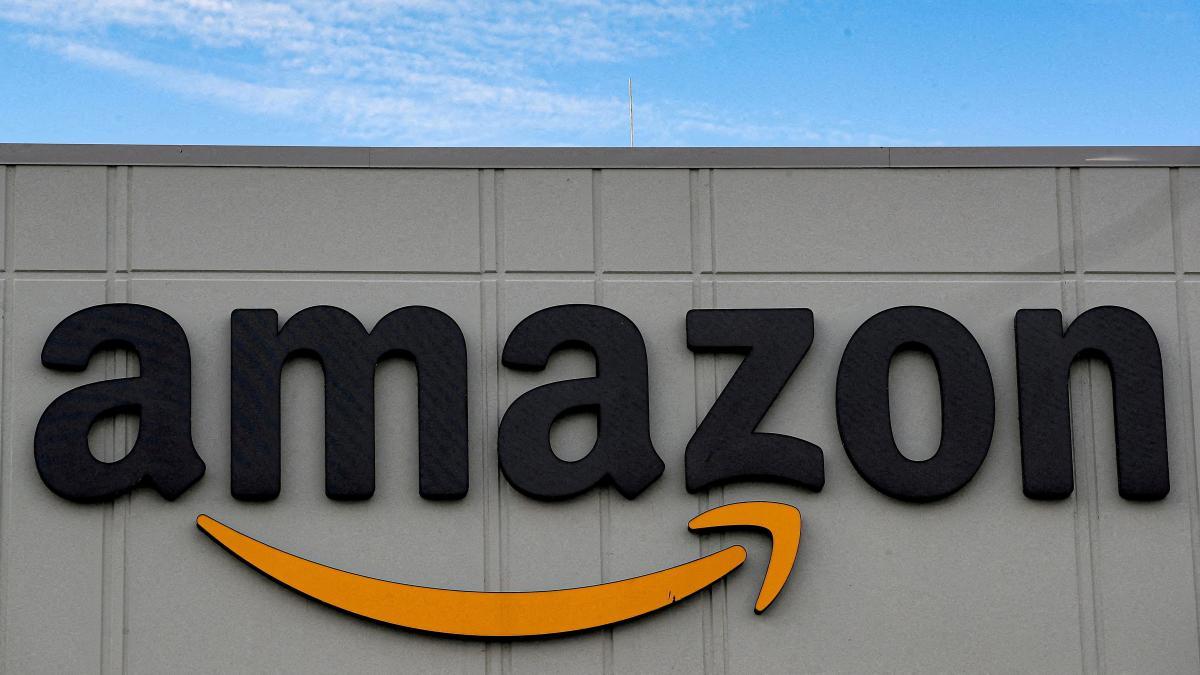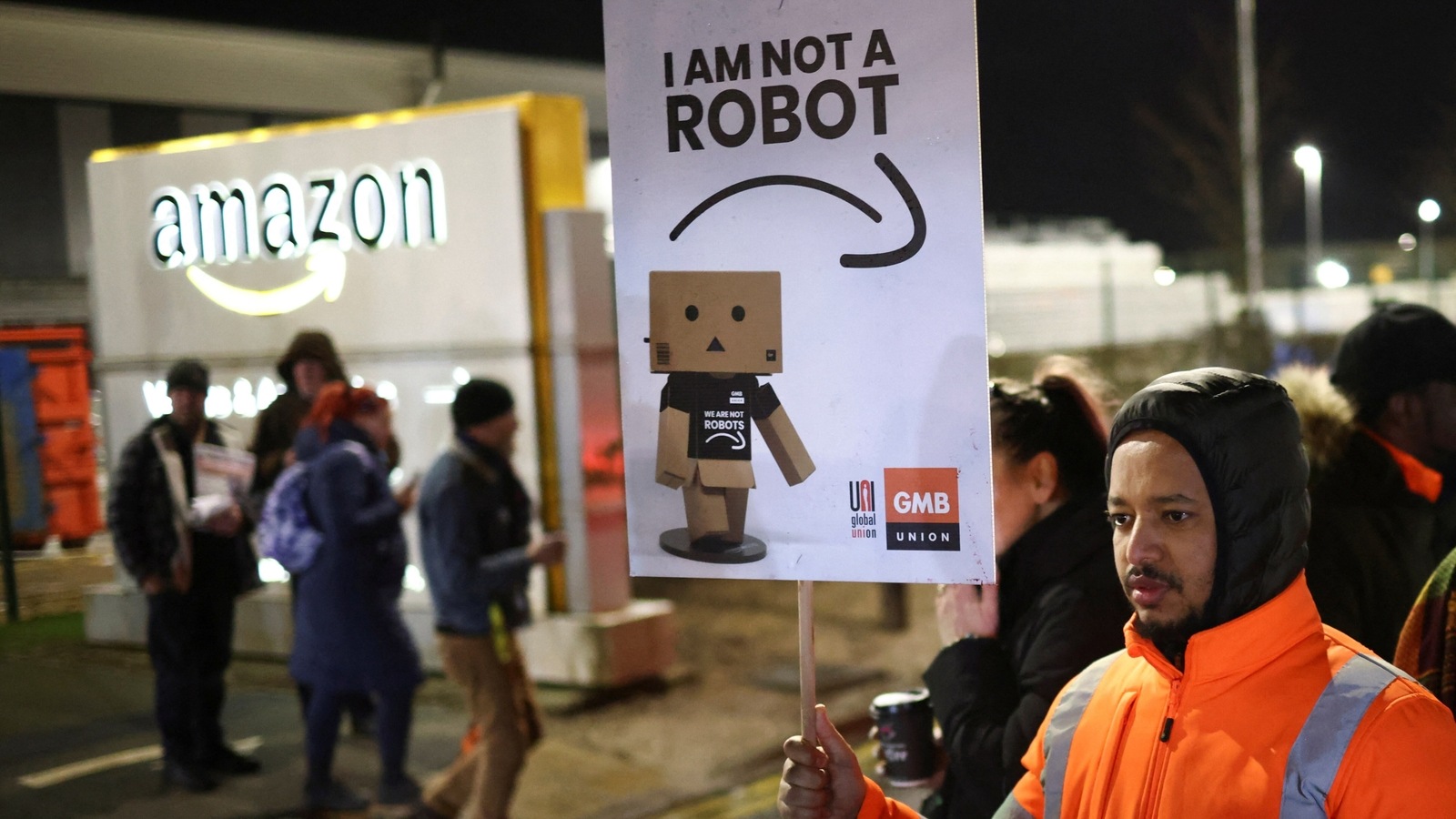Amidst the bustling aisles and towering shelves of Amazon’s expansive warehouses, a stark reality persists for many of its frontline workers. Despite the online retail giant’s status as one of the most profitable companies in the U.S., a significant portion of its workforce struggles to meet basic living expenses. A new report reveals that nearly half of Amazon’s warehouse employees find it difficult to afford necessities like food and housing.

A Revealing Study on Economic Hardship
The Center for Urban Economic Development at the University of Illinois Chicago recently conducted a study involving 1,484 workers across 42 states, uncovering distressing figures about the financial instability faced by these employees. Dr. Sanjay Pinto, a senior fellow at CUED and co-author of the report, emphasized the severity of the issue, stating, “Our data indicate that roughly half of Amazon’s front-line warehouse workers are struggling with food and housing insecurity and being able to pay their bills. That’s not what economic security looks like.”
The Hard Facts
- 53% of surveyed workers experienced food insecurity in the past three months.
- 48% had difficulties covering rent or housing costs.
- 56% were unable to pay all their bills in full.
These statistics paint a grim picture of the daily challenges faced by a large swath of Amazon’s workforce, highlighting a disconnect between the company’s profits and the wages of its employees.

The Physical and Financial Toll of Warehouse Work
Linda Howard, an Amazon warehouse worker from Atlanta, shared her personal struggles, noting the disparity between the physical demands of her job and the compensation she receives. “The hourly pay at Amazon is not enough for the backbreaking work… For the hard work we do and the money Amazon makes, every associate should make a livable wage,” she asserted.
The report also shed light on the additional financial burden faced by workers who take unpaid leave due to work-related injuries or exhaustion. A staggering 69% of workers reported needing time off for these reasons, with 60% of those experiencing food insecurity as a result.
You’re gonna need to have YouTube TV, Amazon, Netflix, Peacock, and ESPN+ to watch the NFL next year”
Me knowing Streameast got my back: pic.twitter.com/0Aw42zrQdK
— Shanghai Sharks (@CookedbyShang) May 15, 2024
Amazon’s Response and Dispute Over Findings
Company has contested the findings of the report, criticizing its methodology. A company spokesperson argued that the survey did not adhere to best practices and lacked adequate verification to ensure that respondents were indeed Amazon employees. Additionally, it highlighted its average hourly wage in the U.S. is now $20.50, suggesting a disparity between the report’s portrayal and the company’s data.

The Ongoing Debate
This isn’t the first time the company has been in the spotlight for its labor practices. Previous research criticized the company for its workplace safety and surveillance measures, which Amazon also disputed for being based on what it described as flawed methodology and unverifiable anecdotes.
Looking Forward
As debates over wages and working conditions continue, the plight of company’s warehouse workers highlights a critical question about the responsibilities of major corporations in ensuring economic security for all employees. The contrasting views between company statements and employee experiences suggest a complex challenge in reconciling corporate profitability with worker welfare. This ongoing discussion is crucial, not just for the company but for the entire landscape of modern labor practices in large corporations.










